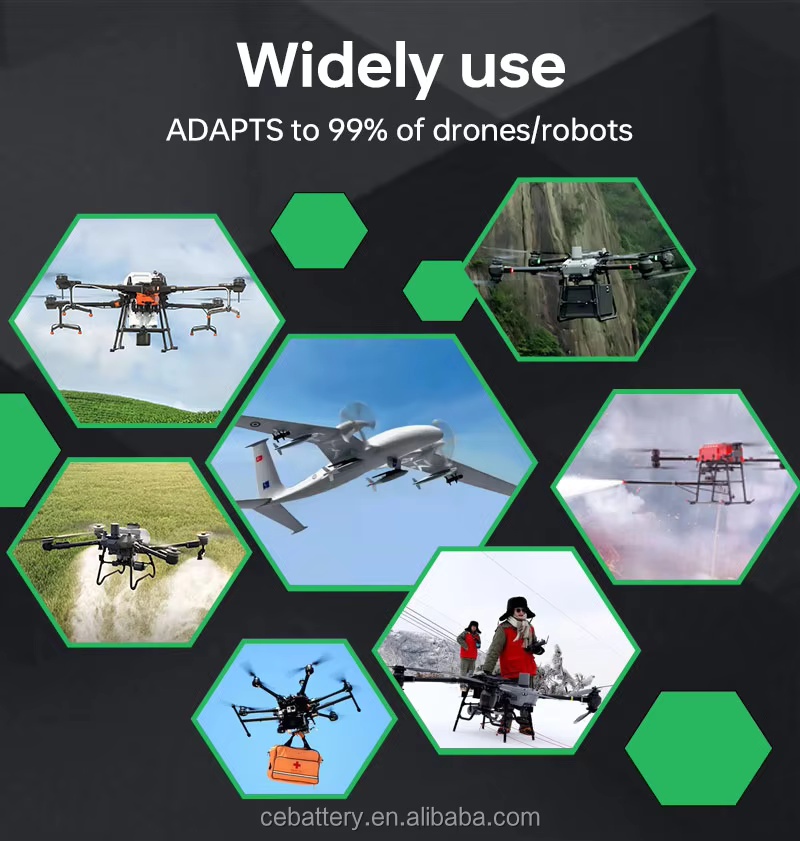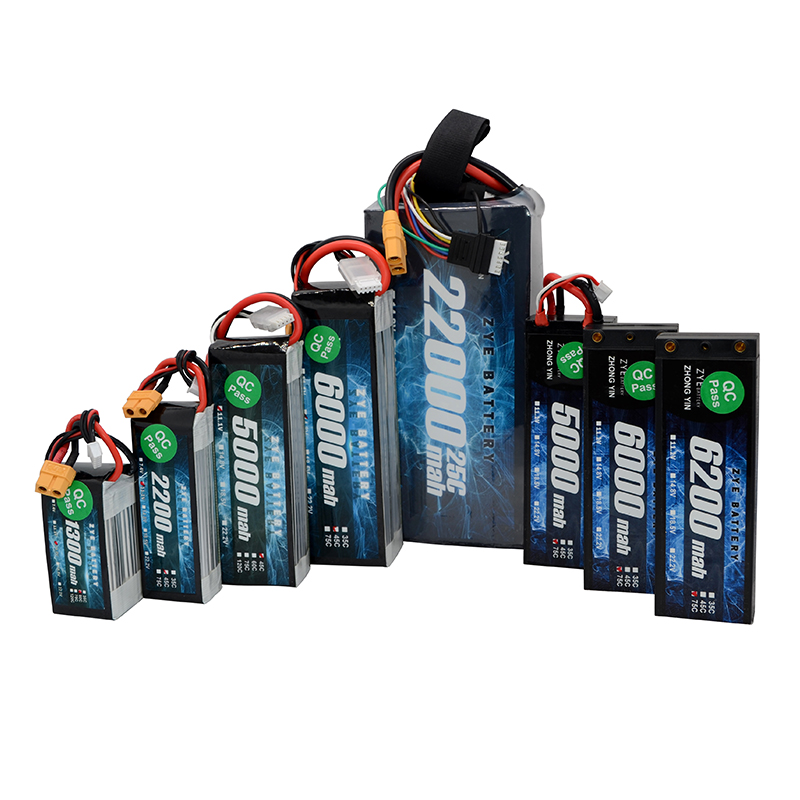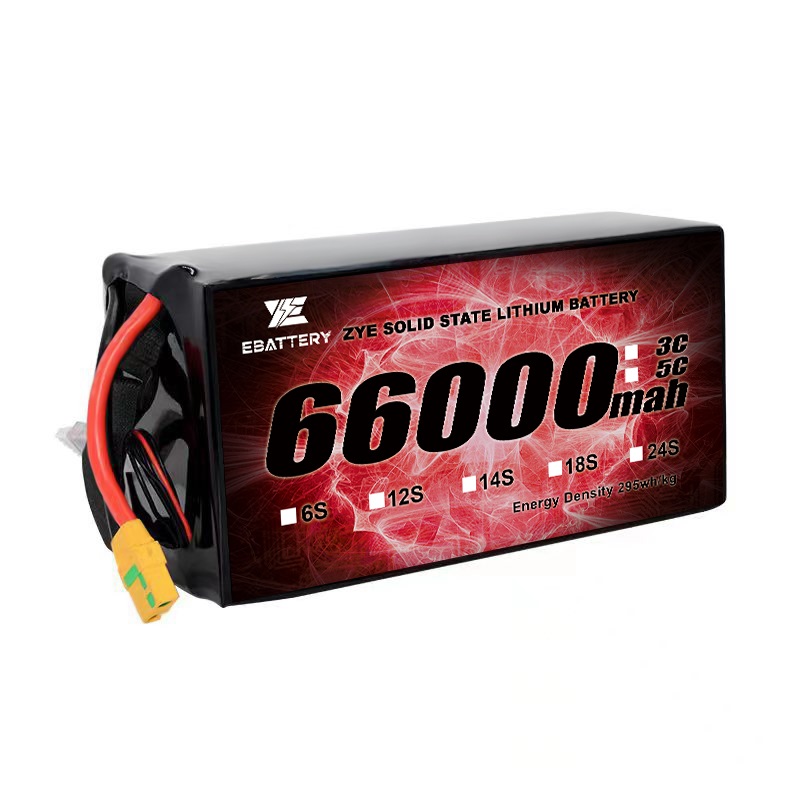Advancements in Drone Batteries and Energy Efficiency
2025-11-04
As drone technology continues to advance, one of the greatest challenges remains battery life and energy efficiency.
With growing demand for longer flight times, improved performance, and environmentally sustainable solutions, advancements in drone batteries are becoming a focal point for researchers and manufacturers. Here are emerging trends in drone battery technology and energy efficiency.
Today, breakthroughs in battery chemistry, design, and complementary energy-saving technologies are breaking through this barrier—enabling longer flight times, faster charging speeds, and more sustainable drone operations than ever before.
1. Lithium-Silicon and Solid-State Batteries
Traditional lithium-ion batteries are reaching their energy density limits, driving the development of lithium-silicon and solid-state alternatives. Lithium-silicon batteries offer higher energy capacity and faster charging efficiency, while solid-state batteries provide enhanced safety, extended lifespan, and greater energy density.
2. Hydrogen Fuel Cells for Extended Flight Times
Hydrogen fuel cells are emerging as a viable alternative to conventional batteries, delivering longer flight durations and faster refueling speeds. These fuel cells generate electricity through a chemical reaction between hydrogen and oxygen, producing only water as a byproduct, making them a cleaner energy choice.
3. Solar-Powered Drones
Solar energy is emerging as a promising power source for drones, particularly for high-altitude, long-endurance applications. Solar panels integrated into the drone's wings or fuselage can continuously recharge during flight, significantly extending operational time and reducing reliance on traditional batteries.
4. Lithium-Sulfur Batteries: Lithium-sulfur batteries replace the cobalt-based cathode in lithium-ion batteries with sulfur, a cheaper and more abundant material. This switch boosts energy density to 500-600 Wh/kg, sufficient to double a drone's flight time. Companies like Oxis Energy are already testing lithium-battery-powered delivery drones, extending their range from 16 kilometers to over 32 kilometers—a game-changer for last-mile logistics.
5. Solid-State Batteries: Unlike lithium-ion batteries that use flammable liquid electrolytes, solid-state batteries rely on solid materials like ceramics or polymers. This design eliminates fire risks, reduces weight, and boosts energy density to 400-600 Wh/kg.
6. Graphene-Enhanced Electrodes: Incorporating graphene (single-layer carbon atoms) into battery electrodes boosts conductivity, enabling drone charging in 15 minutes (compared to 1-2 hours for standard lithium-ion batteries). Graphene also reduces battery degradation, extending lifespan from 300 charge cycles to over 500, thereby lowering long-term costs for commercial operators.
7. Lightweight High-Performance Materials
Novel lightweight materials like graphene and carbon nanostructures are being integrated into drone batteries to increase energy density while reducing overall weight. These advancements help extend flight duration and improve energy efficiency.
8. Renewable Energy Technologies
Innovations in renewable energy capture are being explored, such as drones harvesting kinetic energy during flight or utilizing wind power to extend battery life. This technology can recharge batteries mid-flight, boosting efficiency and minimizing downtime.
9. Development of Sustainable and Eco-Friendly Batteries
With growing environmental concerns, researchers are developing eco-friendly drone batteries using biodegradable and recyclable materials. These advancements align with sustainability goals, minimizing the ecological impact of drone operations.
10. Future Outlook and Challenges
Despite these promising developments, challenges remain, including cost, scalability, and regulatory hurdles. However, ongoing research and investment in next-generation battery technologies promise to drive significant improvements in drone endurance and energy efficiency.
Conclusion
Advancements in drone batteries and energy efficiency are reshaping the capabilities of unmanned aerial systems. As new battery technologies, alternative energy sources, and AI-driven optimization continue to evolve, drones will become more reliable, eco-friendly, and capable of executing longer, more complex missions. These innovations mark a crucial step toward enhancing future aerial endurance and sustainability.

























































